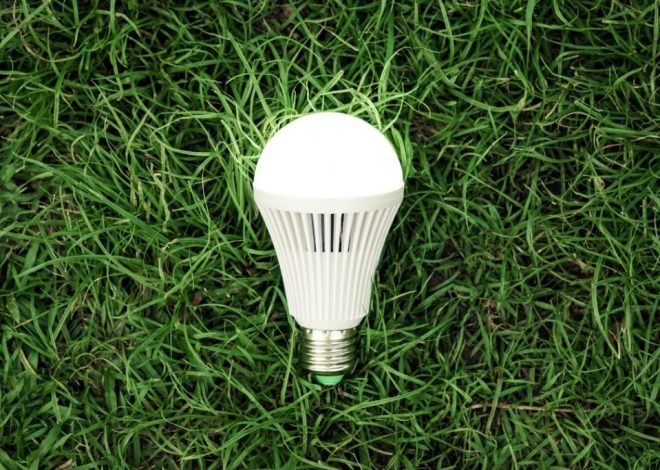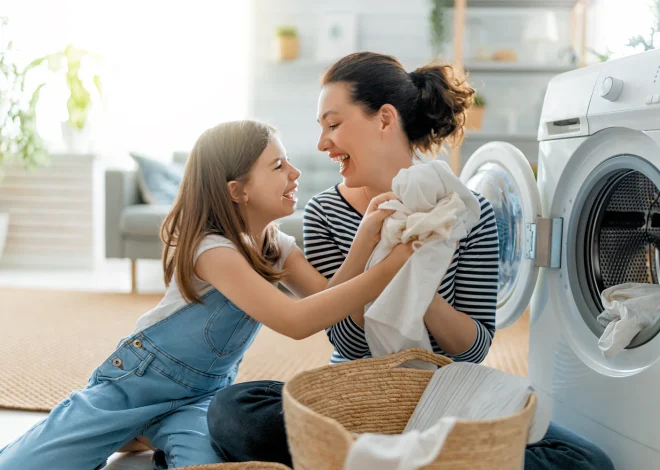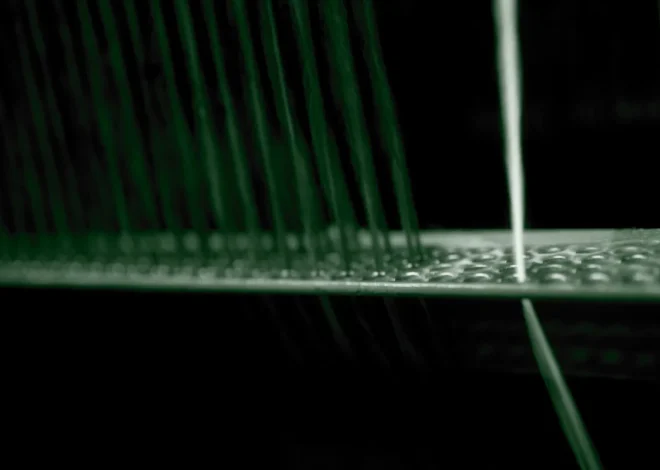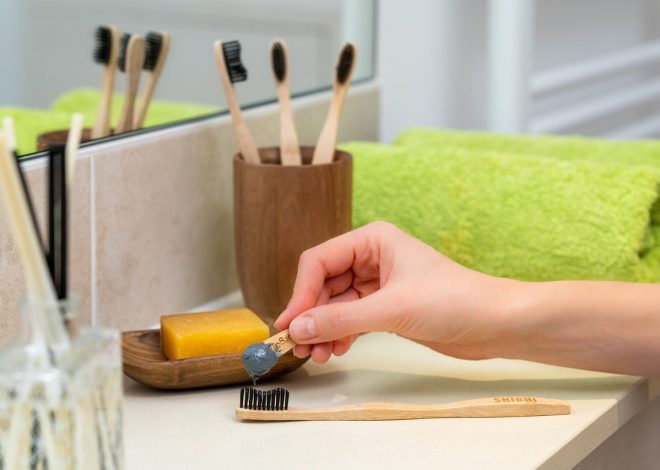A Beginner’s Guide to Living with Less Waste

In a world overwhelmed by plastic pollution and overflowing landfills, the zero-waste movement has emerged as a compelling solution to tackle environmental harm. If you’re wondering whether it’s truly possible to live with zero waste, you’re not alone. Achieving perfection isn’t the goal. Instead, zero-waste living is about making mindful decisions to minimize waste as much as possible. Here’s how you can begin your journey toward a more eco-friendly lifestyle.
Step 1: Understand the 5 Rs
The core principles of zero-waste living revolve around the 5 Rs:
- Refuse what you don’t need (such as single-use plastics, unnecessary packaging, or disposable cutlery).
- Reduce what you do need (e.g., buying in bulk or choosing secondhand items).
- Reuse everything possible (think reusable containers, water bottles, and bags).
- Recycle responsibly (this should only be done after you’ve already taken steps to refuse, reduce, and reuse—recycling alone isn’t a perfect solution).
- Rot organic waste (composting food scraps prevents them from ending up in landfills while enriching the soil).
Step 2: Assess Your Waste
Before making drastic changes, take a moment to evaluate your waste. What do you throw away most often? Are food scraps filling up your bin? Or is it an excess of plastic packaging? Identifying the primary sources of your waste will help you target areas to reduce.
Step 3: Begin with Easy Swaps
You don’t have to make huge lifestyle changes overnight. Start by making small, sustainable swaps:
- Kitchen: Replace plastic wrap with beeswax wraps, and swap paper towels for reusable cloths.
- Bathroom: Choose shampoo bars instead of bottled products, and opt for a bamboo toothbrush.
- On the Go: Carry a reusable coffee cup, water bottle, and shopping bag wherever you go.
Step 4: Shop Smarter
Waste reduction starts with how you shop. Choose products with minimal or compostable packaging. Visit bulk stores where you can fill your own containers with products like grains, spices, and even cleaning supplies. When shopping online, ask for minimal packaging to cut down on waste.
Step 5: Get Creative with Composting
Organic waste accounts for a significant portion of household trash. If you have access to a yard, a compost bin is an excellent way to transform food scraps into nutrient-rich soil. For those in apartments, indoor composting options like bokashi bins or worm composting can also be effective.
Step 6: Embrace a Minimalist Approach
Zero-waste living isn’t just about reducing waste—it’s about consuming less overall. Before purchasing something new, ask yourself: Is this really necessary? Can I borrow it instead? A shift in mindset can have a profound impact on the amount of waste you generate.
Step 7: Celebrate Progress, Not Perfection
No one is truly living without any waste. The objective isn’t to fit all your trash into a mason jar—it’s to make better choices where possible. Every reusable swap, every thoughtful purchase, and every piece of plastic avoided contributes to the bigger picture.
By making small, intentional changes, you can significantly reduce your waste and live a more sustainable life. Ready to take the first step towards a zero-waste lifestyle?
FURTHER READING:













